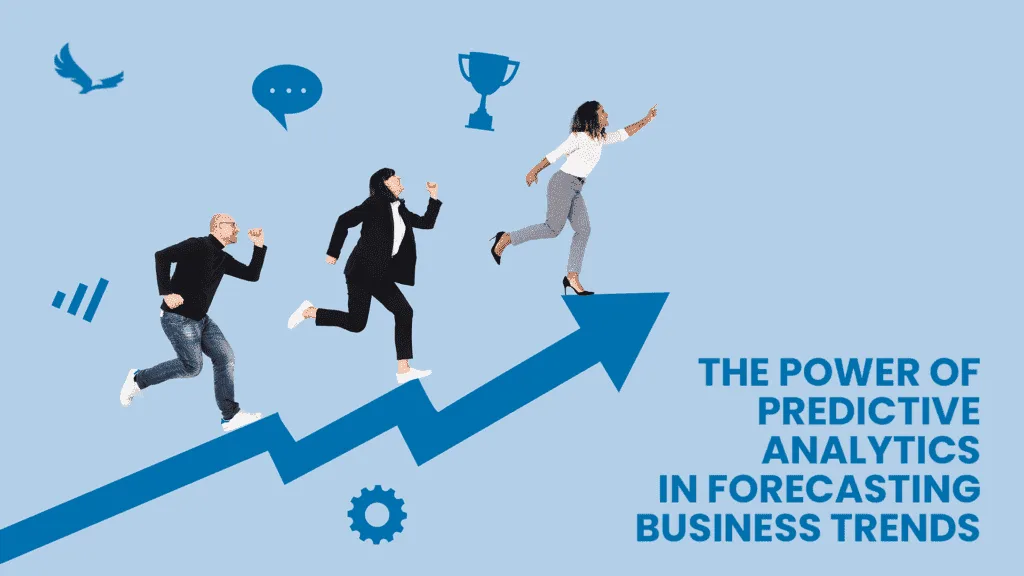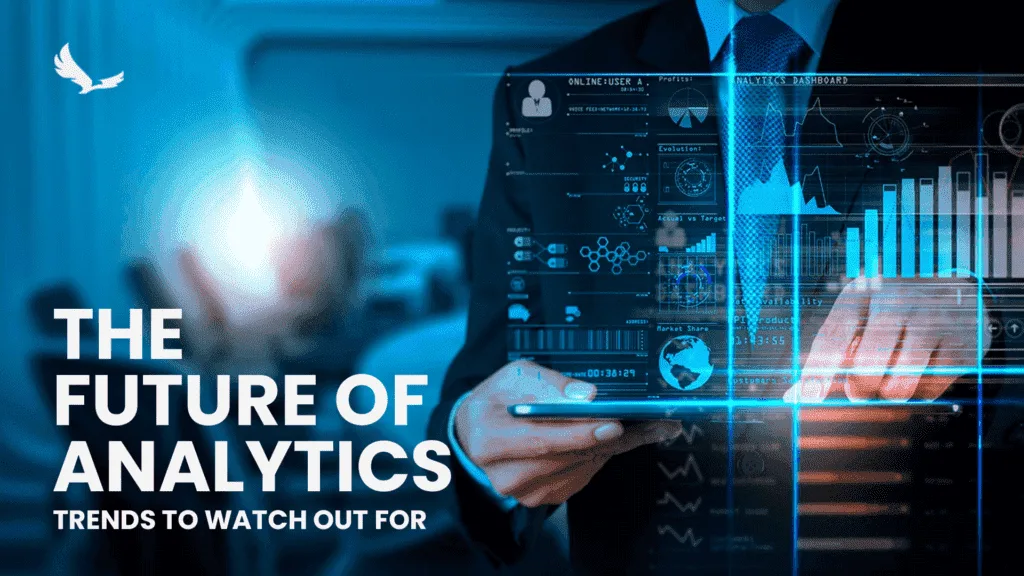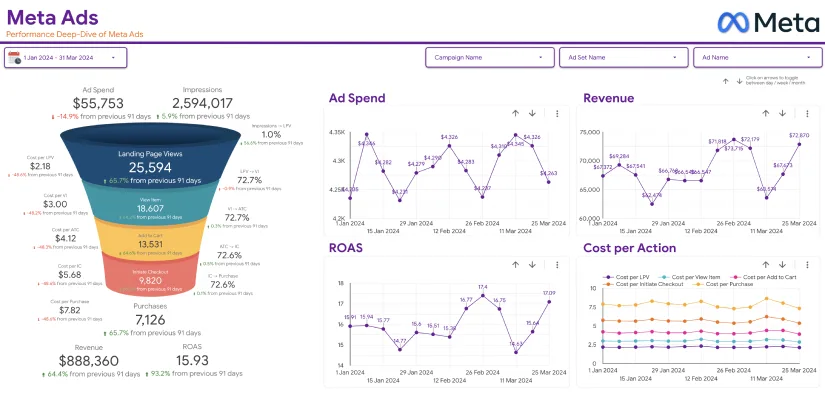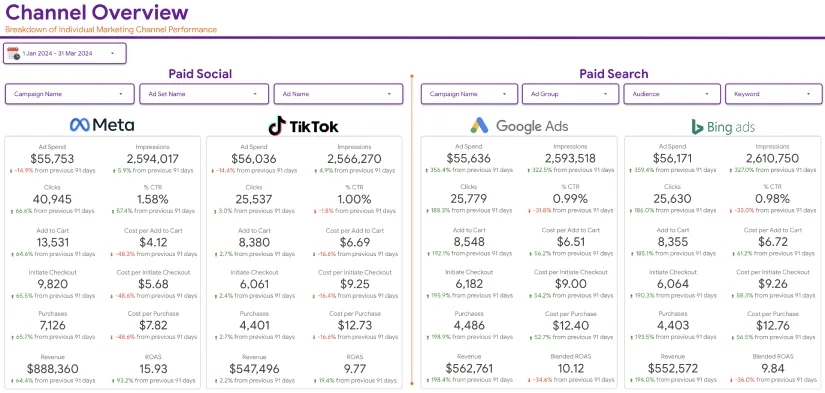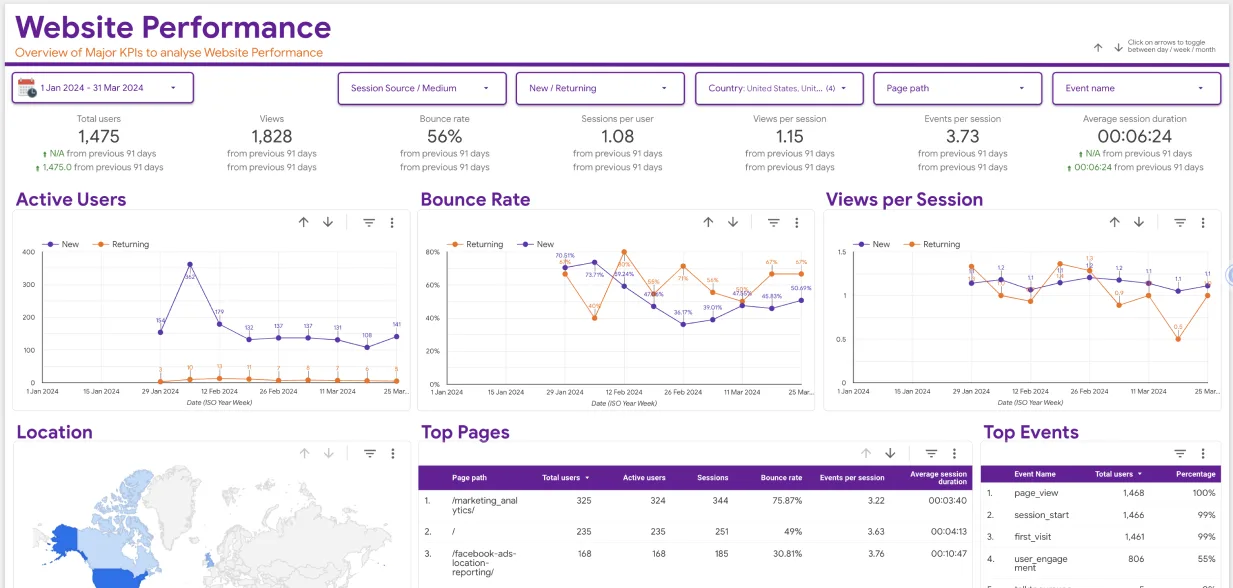In an era where data is often referred to as the new oil, predictive analytics stands out as a key tool for transforming raw data into actionable insights. By leveraging statistical algorithms and machine learning techniques, predictive analytics helps businesses anticipate future trends, optimize decision-making, and enhance strategic planning. Here’s an in-depth look at what predictive analytics is, why it’s crucial in today’s data-driven world, what Industries employ Predictive Analytics, and many more.
What is Predictive Analytics?
Predictive analytics makes forecasts about the course of events or trends by using historical data, machine learning algorithms, and statistical methods. It entails looking for trends, connections, and patterns in considerable datasets to predict what is most likely to occur in the future.
According to precedence research the global predictive analytics market size was valued at USD 10.2 billion in 2022, and it is expected to hit at around USD 67.86 billion by 2032
What Industries Employ Predictive Analytics?
Many different industries use predictive analytics. It detects fraud in finance by spotting odd transactions based on previous data and behavioral trends. It helps healthcare institutions forecast illness outbreaks, enhance patient care, and better allocate resources. Manufacturing sectors utilize it for supply chain optimization, data driven HR management and demand forecasting. In short, predictive analytics insights are helpful in every industry that makes decisions based on data.
The power of predictive analytics comes from a diverse range of techniques and tools, including machine learning, big data, statistical modeling, and various mathematical operations. Businesses use predictive analytics to sift through historical and present data to identify trends and forecast unforeseen occurrences that should happen at a given period based on given parameters.
Predictive analytics help businesses find trends in data and use them to spot threats and opportunities. For example, predictive models can find correlations between various behavior components. These models make it possible to evaluate the potential benefit or risk posed by a particular set of circumstances, assisting in the development of well-informed choices for a variety of logistical and purchasing events.
Predictive Analysis Advantages
Future-looking is now more accurate and dependable than ever, thanks to predictive analytics. As a result, it can aid adopters in discovering methods to make and save money. Some of the benefits of predictive analysis are as follows:
Identifying Hidden Trends
Predictive analytics reveals hidden patterns and connections in data that conventional analysis could miss. Understanding historical data is just one aspect of predictive analytics, which extends beyond that. Organizations can better understand their operations, consumers, and market dynamics by spotting trends.
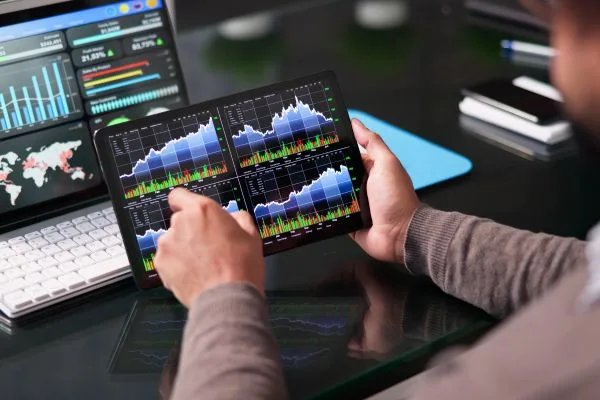
Save time and energy.
Long-term company success is never an easy task; your team must keep a constant check on your rivals’ new product launches, features, advantages, and many other factors.
Your marketing staff will look for efficient ways to carry out various campaigns, promote the sale of your goods, generate new leads, and nurture them into sales. Marketing is constantly evolving; the more you connect with customers’ problems and add personalization, the more you’ll sell and increase your return on investment.
Forecasting Future Trends
Predictive analytics’ capacity to identify future trends is one of its main advantages. Businesses can spot trends and patterns that are likely to last into the future by examining historical data. Forecasting consumer behavior, industry trends, and disruptions to the supply chain can all benefit significantly from this.
For instance, a merchant might employ predictive analytics to pinpoint the goods that are likely to be in demand over the holiday season. The retailer can determine which goods are most likely to do well over the Christmas season by looking at prior sales data to spot patterns and trends. This data can guide inventory management choices and make sure that the business has an adequate supply of well-liked goods on hand to fulfill demand.
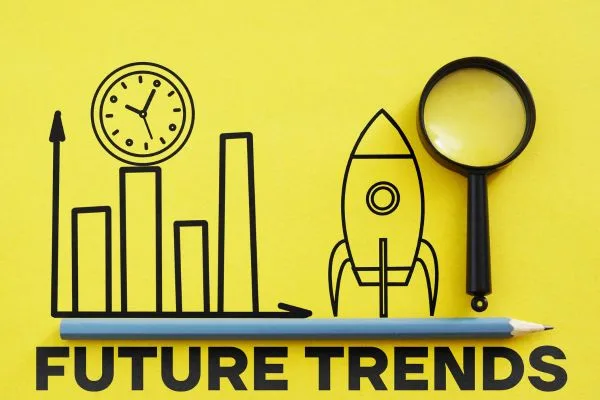
Utilizing Modern Techniques
With the help of machine learning algorithms and sophisticated statistical methods, predictive analytics can evaluate enormous amounts of data and derive insightful conclusions. Organizations can create precise, need-specific prediction models using methods like time series forecasting, regression analysis, decision trees, and neural networks.
Reduce Unnecessary Expenditures.
Research creates fresh chances for businesses to offer consumers improved versions of their products and services. With the help of predictive analytics, you can foresee the kinds of things you will be able to sell as well as the modifications you may make to your current products to extend their useful lives.
You can seek ways to enhance your current products and turn them into best-selling items without further investigation into goods and services that are outside the purview of your company’s policies or expertise.

Most Popular Companies Using Predictive Analytics
Businesses are commonly using predictive analytics to understand consumer behavior and industry trends. Here are some companies that have applied predictive analytics:
Amazon
The biggest online retailer in the world utilizes predictive analytics to offer tailored recommendations to customers. Amazon can increase revenue and client satisfaction by recommending goods and services that are best appropriate for each consumer based on the analysis of customer data.
Alibaba
One of the biggest e-commerce companies in China employs predictive analytics to find products that are likely to be favored by customers. Alibaba can offer goods and services that are likely to succeed, boosting sales and revenue by examining search and purchase data.
Is Predictive Analytics an AI Alternative?
Despite their similarities, artificial intelligence (AI) and predictive analytics are two separate ideas. Data analytics has a subset called predictive analytics that focuses on predicting future results.
Contrarily, AI covers a broader spectrum of artificial intelligence-simulating technologies, such as machine learning and natural language processing.
Despite the fact that AI can include elements of predictive analytics, the term AI actually refers to a range of skills that go beyond predictive modeling.
The Bottom Line
Predictive analytics develops as a disruptive force in a time when data-driven processes characterize decision-making. Its capacity to foresee trends, and project outcomes, and expose hidden patterns enables businesses and people to make better decisions.
It is impossible to understate the influence that predictive analytics will have on creating a proactive, effective, and innovative world as it develops and permeates more industries.
As we navigate the complexities of the current day, predictive analytics’ strength emerges as a sign of tactical awareness and foresight.

